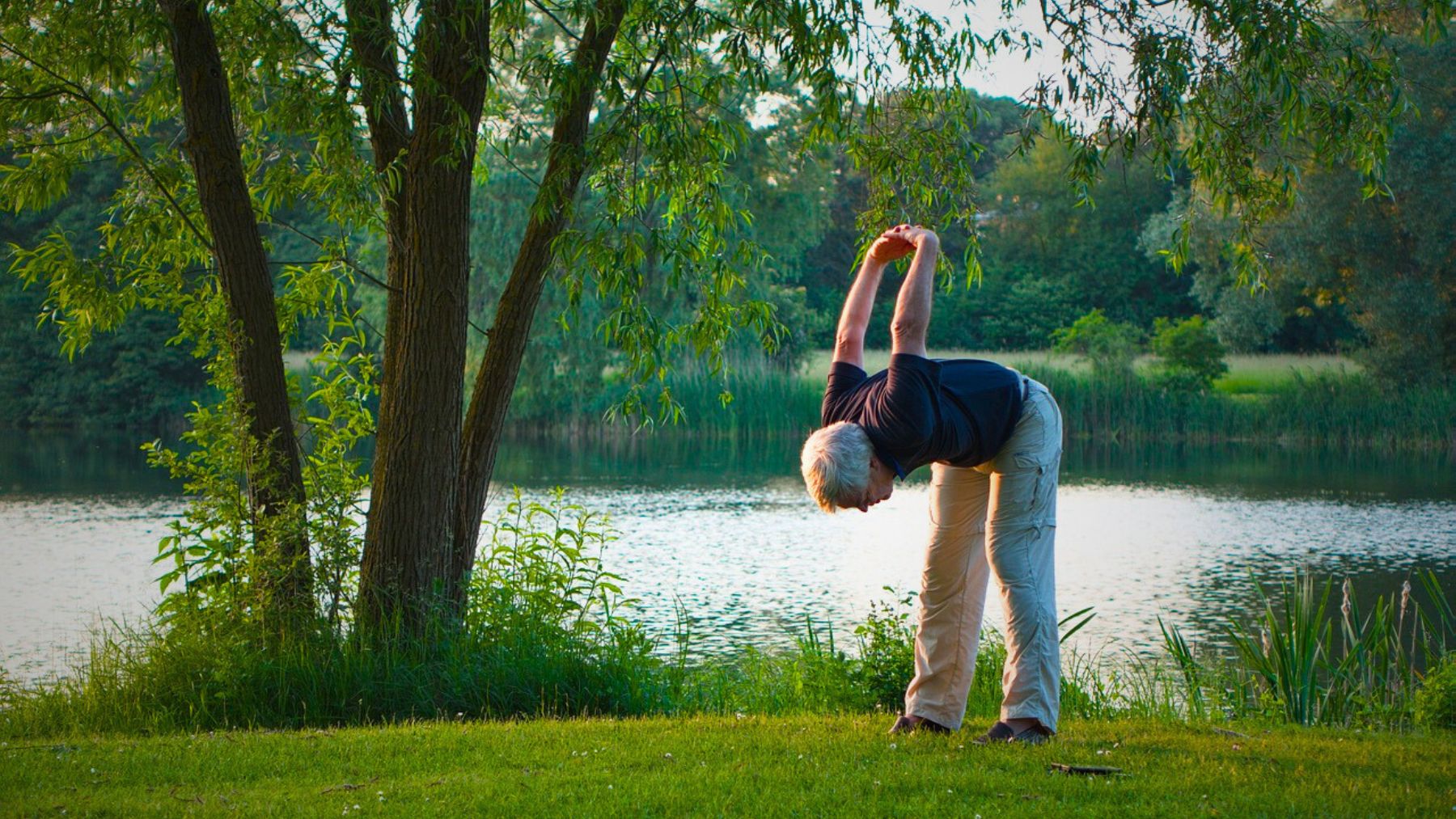A healthy diet is associated with greater physical fitness in middle-aged adults, according to research published today in the European Journal of Preventive Cardiology, a journal of the European Society of Cardiology (ESC).
This study provides some of the strongest and most rigorous data thus far to support the connection that better diets may lead to higher fitness. The improvement in fitness we observed in participants with better diets was similar to the effect of taking 4,000 more steps each day.”
Dr. Michael Mi, Study Author, Beth Israel Deaconess Medical Center, Boston, US
Cardiorespiratory fitness reflects the body’s ability to provide and use oxygen for exercise, and it integrates the health of multiple organ systems, such as the heart, lungs, blood vessels and muscles. It is one of the most powerful predictors of longevity and health.2 While exercise increases cardiorespiratory fitness, it is also the case that among people who exercise the same amount, there are differences in fitness, suggesting that additional factors contribute. A nutritious diet is associated with numerous health benefits, but it has been unclear whether it is also related to fitness.
This study examined whether a healthy diet is associated with physical fitness in community-dwelling adults. The study included 2,380 individuals in the Framingham Heart Study. The average age was 54 years and 54% were women. Participants underwent a maximum effort cardiopulmonary exercise test on a cycle ergometer to measure peak VO2. This is the gold standard assessment of fitness and indicates the amount of oxygen used during the highest possible intensity exercise.
Participants also completed the Harvard semi-quantitative food frequency questionnaire to assess intake of 126 dietary items during the last year ranging from never or less than once per month to six or more servings per day. The information was used to rate diet quality using the Alternative Healthy Eating Index (AHEI; 0 to 110) and Mediterranean-style Diet Score (MDS; 0 to 25), which are both associated with heart health. Higher scores indicated a better quality diet emphasising vegetables, fruits, whole grains, nuts, legumes, fish and healthy fats and limiting red meat and alcohol.
The researchers evaluated the association between diet quality and fitness after controlling for other factors that could influence the relationship, including age, sex, total daily energy intake, body mass index, smoking status, cholesterol levels, blood pressure, diabetes and routine physical activity level. The average AHEI and MDS were 66.7 and 12.4, respectively. Compared with the average score, an increase of 13 points on the AHEI and 4.7 on the MDS was associated with a 5.2% and 4.5% greater peak VO2, respectively.3
Dr. Mi said: “In middle-aged adults, healthy dietary patterns were strongly and favourably associated with fitness even after taking habitual activity levels into account. The relationship was similar in women and men, and more pronounced in those under 54 years of age compared to older adults.”
To discover the potential mechanism linking diet and fitness, the researchers performed further analyses. They examined the relationship between diet quality, fitness and metabolites, which are substances produced during digestion and released into the blood during exercise. A total of 201 metabolites (e.g. amino acids) were measured in blood samples collected in a subset of 1,154 study participants. Some 24 metabolites were associated with either poor diet and fitness, or with favourable diet and fitness, after adjusting for the same factors considered in the previous analyses. Dr. Mi said: “Our metabolite data suggest that eating healthily is associated with better metabolic health, which could be one possible way that it leads to improved fitness and ability to exercise.”
Regarding limitations, he noted: “This was an observational study and we cannot conclude that eating well causes better fitness, or exclude the possibility of a reverse relationship, i.e. that fit individuals choose to eat healthily.”
Dr. Mi concluded: “There are already many compelling health reasons to consume a high-quality diet, and we provide yet another one with its association with fitness. A Mediterranean-style diet with fresh, whole foods and minimal processed foods, red meat and alcohol is a great place to start.”
Source:
European Society of Cardiology
Journal reference:
Mi, M. Y., et al. (2023) Association of healthy dietary patterns and cardiorespiratory fitness in the community. European Journal of Preventive Cardiology. doi.org/10.1093/eurjpc/zwad113.





































